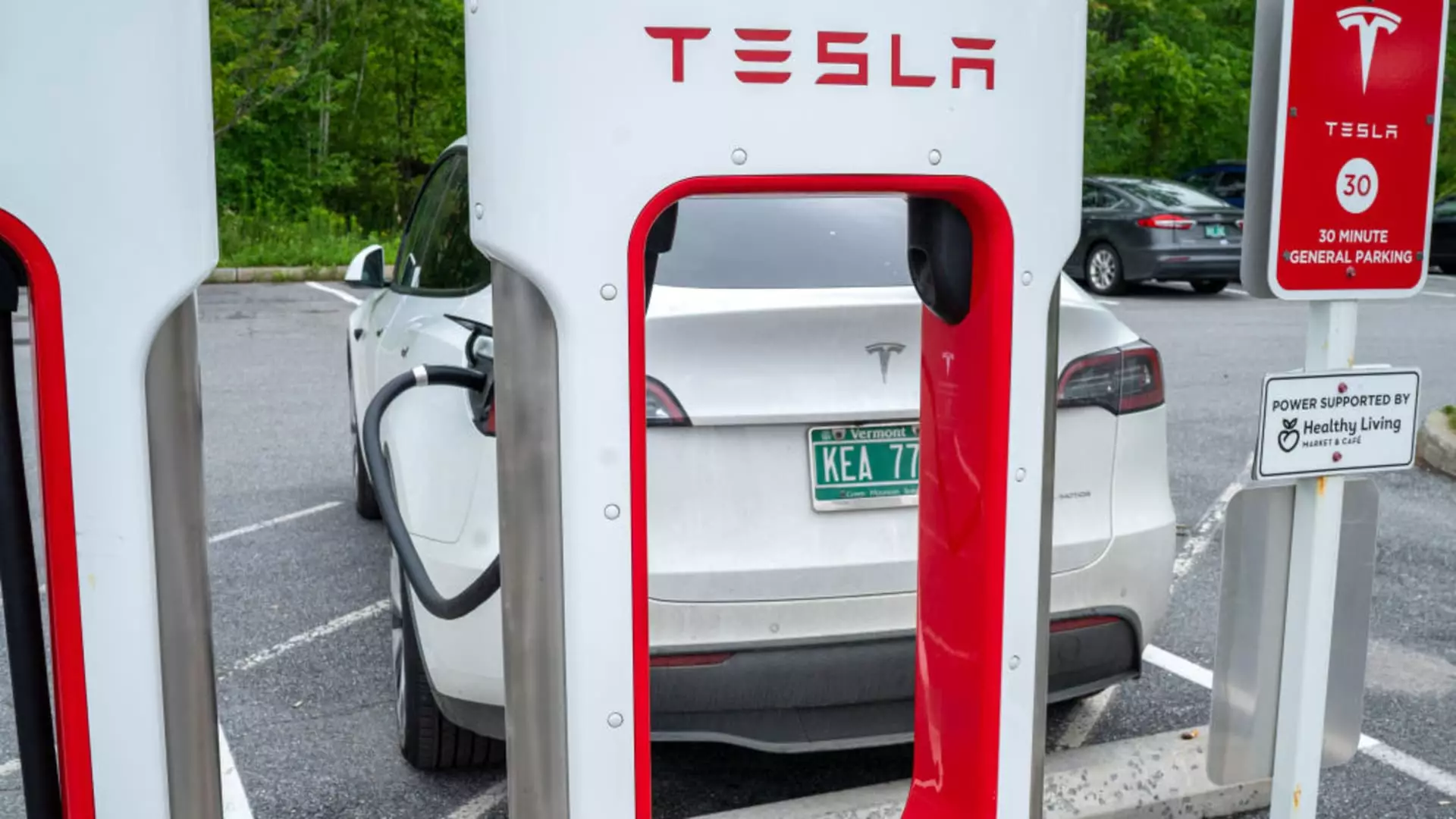The recent announcement of Ford electric vehicle owners being able to utilize Tesla Superchargers marks a significant shift in the strategy of Elon Musk’s Tesla. This partnership, along with a similar agreement with General Motors, signifies a departure from the exclusivity that Tesla’s charging network once held. Ford CEO, Jim Farley, expressed optimism about the collaboration, stating that it will “improve the EV ownership experience” for Ford EV drivers. However, the question arises whether this move by Tesla to open up its charging network to other automakers will truly benefit the company in the long run.
According to Sam Fiorani, vice president for global forecasting at AutoForecast Solutions, Tesla could see substantial financial benefits from these partnerships. The potential revenue from environmental credits and charging fees could amount to $6 billion to $12 billion by 2030. This revenue stream could offset any potential loss of customers to competitors due to easier access to charging stations. However, the loyalty that Tesla owners have towards the brand may mitigate any significant impact on sales.
The decision to allow other automakers to tap into Tesla’s charging network also opens up opportunities for federal funding under President Biden’s Inflation Reduction Act. It is evident that Tesla is not averse to utilizing government regulations for income generation. The company has been exploring various revenue streams throughout its existence. The potential financial gains from government regulations and partnerships with other automakers could position Tesla as a major player in the EV charging industry.
William Navarro Jameson, Tesla’s Strategic Charging Programs lead, emphasized the importance of interoperability testing and legal considerations in facilitating partnerships with other automakers like Ford. The process of creating hardware and software integrations and resolving legal issues has been ongoing for the past 18 months. It is clear that opening up Tesla’s charging network to other brands requires meticulous planning and execution to ensure seamless functionality and user experience.
The decision by Tesla to collaborate with other automakers like Ford and GM on utilizing its Superchargers reflects a strategic shift in the company’s approach towards the EV charging industry. While there are potential financial benefits and opportunities for revenue generation, there are also challenges and considerations that Tesla must address to ensure the success of these partnerships. The future of Tesla’s charging network expansion and its impact on the overall EV market remains to be seen.

Leave a Reply